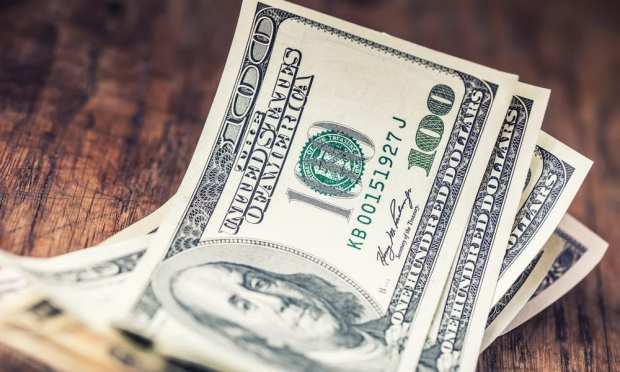Number Of $100 Bills In Use Has Doubled Since 2008

New data shows the number of U.S. $100 bills in circulation has doubled since 2008, with more than 12 billion of them around the world. According to CNBC, the latest data from the Federal Reserve shows $100 bills have now passed $1 bills in circulation. Nicholas Colas, co-founder of DataTrek Research, said the rise is partially due to the bill being used for international crime.
“It has nothing to do with the U.S. economy, and nothing to do with interest rates,” said Colas. “There’s certainly enough evidence to say it is an enabler of corruption, but it is also a way for people to keep assets outside of the financial system, albeit in a kind of bulky way.”
However, Deutsche Bank Chief International Economist Torsten Slok said there are other factors that can explain the boost in $100 bills.
“It could be driven by a global fear of negative interest rates in Europe and Japan, or it could be a savings vehicle for U.S. households worried about another financial crisis, or it could be driven by more demand from the global underground economy,” Slok said.
Data in a 2018 research paper from the Federal Reserve Bank of Chicago estimated almost 80 percent of $100 bills are now overseas. With that in mind, there has been pressure to get rid of the bill in an effort to hinder international crime. Lawrence Summers, former Treasury Secretary and Director of the National Economic Council in the White House, is for eliminating $100 bills.
“A moratorium on printing new high denomination notes would make the world a better place,” Summers said. “Here is a step that will represent a global contribution with only the tiniest impact on legitimate commerce or on government budgets. It may not be a free lunch, but it is a very cheap lunch.”